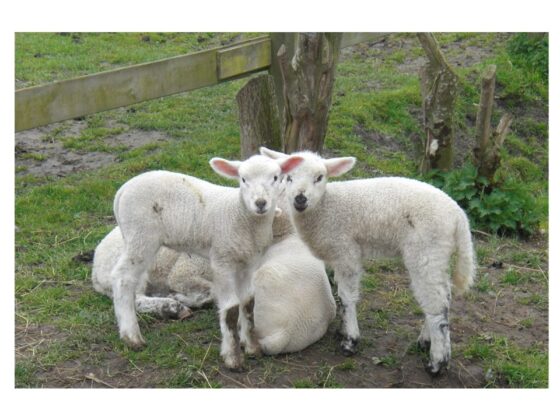Orf is a highly transmissible viral disease of sheep and goats with zoonotic potential (i.e. it can be transferred to humans). It has numerous names such as Sore Mouth Disease, Contagious Ecthyma or Scabby Mouth. Orf belongs to the Poxviridae family. Animals get infected through direct contact with affected animals as they interact. Other sources of transmission include from mother to young animals through the teats and through broken skin or wounds as animals graze and feed.
CLINICAL SIGNS
Lesions normally start as small reddened patches around the mouth, muzzle, teats and legs, which begin to produce a clear fluid. The fluid eventually hardens into a thickened scab which dries up and drops off after 2-3 weeks. The scab in the early stages is firmly attached. Forceful removal of the scab leads to bleeding. When lesions are formed on the udder and teats, nursing mothers may not allow young ones to suckle. Such young ones will require supplemented feed to survive.
Humans contract the disease when they come in contact with equipment contaminated with the virus. People with close contact to livestock are highly exposed to this virus.
TREATMENT AND PREVENTION
Maintain high biosecurity protocols on farm. Quarantine new animals brought into the farm, as well as affected animals to limit spread of infection. The disease in small ruminants is self-limiting and supportive care is usually given to affected animals. Contact your vet for advice when your animals start exhibiting similar signs. There are vaccines available, however they are only used in areas where outbreaks have occurred. Vaccine protection is not lifelong but will reduce severity of the disease when it occurs.




